Related Research Articles

Jozef Gašpar Tiso was a Slovak politician and Catholic priest who served as president of the First Slovak Republic, a client state of Nazi Germany during World War II, from 1939 to 1945. In 1947, after the war, he was executed for treason in Bratislava.

The Hlinka Guard was the militia maintained by the Slovak People's Party in the period from 1938 to 1945; it was named after Andrej Hlinka.
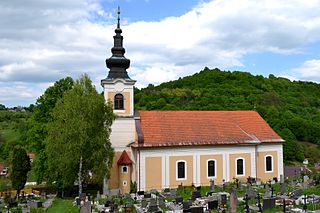
Vyhne is a village in the Žiar nad Hronom District, which is part of the Banská Bystrica Region in central Slovakia.

The history of the Jews in Slovakia goes back to the 11th century, when the first Jews settled in the area.

Holocaust trains were railway transports run by the Deutsche Reichsbahn and other European railways under the control of Nazi Germany and its allies, for the purpose of forcible deportation of the Jews, as well as other victims of the Holocaust, to the Nazi concentration, forced labour, and extermination camps.

Ivan Kamenec is a Slovak historian.

Parliamentary elections were held in Slovakia on 18 December 1938 following the German occupation of Czechoslovakia.
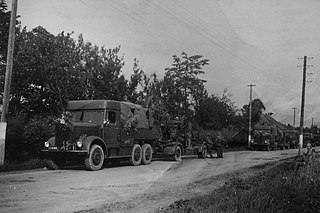
The Slovak National Uprising was a military uprising organized by the Slovak resistance movement during World War II in central Slovakia. This resistance movement was represented mainly by members of the Democratic Party, social democrats, and communists. It was launched on 29 August 1944 from Banská Bystrica in an attempt to resist German troops that had occupied Slovak territory and to overthrow the collaborationist government of Jozef Tiso. Although the resistance was largely defeated by German forces, guerrilla operations continued until the Red Army, Czechoslovak Army and Romanian Army occupied the Slovak Republic in 1945.
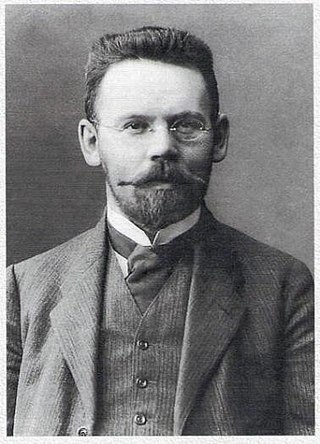
Anton Štefánek was a Slovak politician and sociologist who was involved in the campaign for Czech and Slovak unity and independence from the Austro-Hungarian Empire. He was an important promoter of the concept of Czechoslovakism and served for 14 years in the Czechoslovak National Assembly and the Senate of Czechoslovakia in the 1920s and 1930s. He also pursued an academic career at Comenius University in Bratislava, culminating in his serving as rector of the university for several years after the Second World War. He was forced into retirement a year after the Czechoslovak coup d'état of 1948.

Sereď was a labor and transit camp built during World War II in the Slovak Republic. It was founded as a labor camp for the Jewish population in September 1941. In September 1944, it was taken over by units of the SS.

The Working Group was an underground Jewish organization in the Axis-aligned Slovak State during World War II. Led by Gisi Fleischmann and Rabbi Michael Dov Weissmandl, the Working Group rescued Jews from the Holocaust by gathering and disseminating information on the Holocaust in Poland, bribing and negotiating with German and Slovak officials, and smuggling valuables to Jews deported to Poland.

The Holocaust in Slovakia was the systematic dispossession, deportation, and murder of Jews in the Slovak Republic, a client state of Nazi Germany, during World War II. Out of 89,000 Jews in the country in 1940, an estimated 69,000 were murdered in the Holocaust.

The Ústredňa Židov was the Judenrat in Bratislava that was imposed on the Jewish community of the Axis-aligned state of Slovakia to implement Nazi orders during the Holocaust. It was formed on the advice of SS (Schutzstaffel) official Dieter Wisliceny; the first leader, Heinrich Schwartz, was removed after refusing to cooperate with Nazi demands and replaced by the ineffectual Arpad Sebestyen. The collaborationist Department of Special Affairs run by Karol Hochberg aided the authorities in confiscating Jewish property and collecting information that was used to arrest and deport Jews. Nevertheless, most of the ÚŽ members focused on providing opportunities for emigration and improving the social welfare of Jews remaining in Slovakia, although they were hampered by the dwindling resources of the community. In addition, the ÚŽ attempted to resist deportation by bribing Slovak officials, retraining Jews who had been expelled from their previous profession, and improving and expanding labor camps for Jews in Slovakia. The underground resistance organization that ran under its auspices, the Working Group, took over the ÚŽ leadership in December 1943. Since its formation in early 1942, the Working Group had used the ÚŽ as cover for its illegal rescue activities. After the German invasion of Slovakia in August 1944, the ÚŽ was disbanded and many of its members were arrested and deported to concentration camps.

In August 1942, Jozef Tiso, president of the Slovak State and a Catholic priest, delivered a speech in Holíč, Slovakia, in which he defended the deportation of Jews from Slovakia. Referring to Jews as "parasites" and "the eternal enemy", Tiso claimed that their deportation was both economically necessary and congruent with Christian moral principles. The speech has been recognized as a key part of Tiso's moral legacy, emblematic of his complicity in the Holocaust.

Thousands of Jews lived in the towns of Dęblin and Irena in central Poland before World War II; Irena was the site of the Polish Air Force Academy from 1927. In September 1939, the town was captured during the German invasion of Poland and the persecution of Jews began with drafts into forced labor and the establishment of a Judenrat. A ghetto was established in Irena in November 1940. It initially consisted of six streets and was an open ghetto. Many ghetto inhabitants worked on labor projects for Dęblin Fortress, the railway, and the Luftwaffe. Beginning in May 1941, Jews were sent to labor camps around Dęblin from the Opole and Warsaw ghettos. Conditions in the ghetto worsened in late 1941 due to increased German restrictions on ghetto inhabitants and epidemics of typhus and dysentery.
From 4 to 7 November 1938, thousands of Jews were deported from Slovakia to the no-man's land on the Slovak−Hungarian border. Following Hungarian territorial gains in the First Vienna Award on 2 November, Slovak Jews were accused of favoring Hungary in the dispute. With the help of Adolf Eichmann, Slovak People's Party leaders planned the deportation, which was carried out by local police and the Hlinka Guard. Conflicting orders were issued to target either Jews who were poor or those who lacked Slovak citizenship, resulting in chaos.
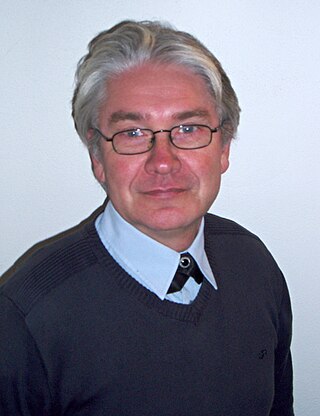
Eduard Nižňanský is a Slovak historian who specializes in the study of the Slovak State and the Holocaust in Slovakia. Since 2002, he has worked for the Faculty of Arts, Comenius University in Bratislava.
The Slovak phrase Slovensko Slovákom has been used as an ethnonationalist slogan by the Slovak People's Party in favor of Slovak autonomy within Czechoslovakia, anti-Czech sentiment during the Slovak State era, and also an antisemitic message. In the twenty-first century, it is still used by Slovak nationalists opposed to the EU and by the Kotleba party.
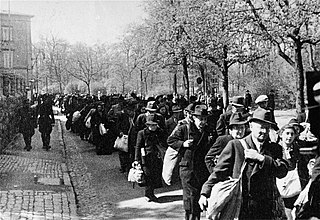
The question of how much Germans knew about the Holocaust whilst it was being executed is a matter of debate by historians. With regard to Nazi Germany, some historians argue that it was an open secret amongst the population, whilst others highlight a possibility that the German population were genuinely unaware of the Final Solution.Peter Longerich argues that the Holocaust was an open secret by early 1943, but some authors place it even earlier. However, after the war, many Germans claimed that they were ignorant of the crimes perpetrated by the Nazi regime, a claim associated with the stereotypical phrase "Davon haben wir nichts gewusst".
References
- Nižňanský, Eduard (2011). "Contribution on the History of the Third Protectorate Transport to Nisko after Coming to Slovakia" (PDF). Historica - Review in History and Related Sciences. 2 (2): 151–167.
- Nižňanský, Eduard; Rajcan, Vanda (2018). "Vyhne". In Megargee, Geoffrey P.; White, Joseph R.; Hecker, Mel (eds.). Camps and Ghettos under European Regimes Aligned with Nazi Germany. Encyclopedia of Camps and Ghettos. Vol. 3. Translated by Kramarikova, Marianna. Bloomington: United States Holocaust Memorial Museum. pp. 887–888. ISBN 978-0-253-02373-5.